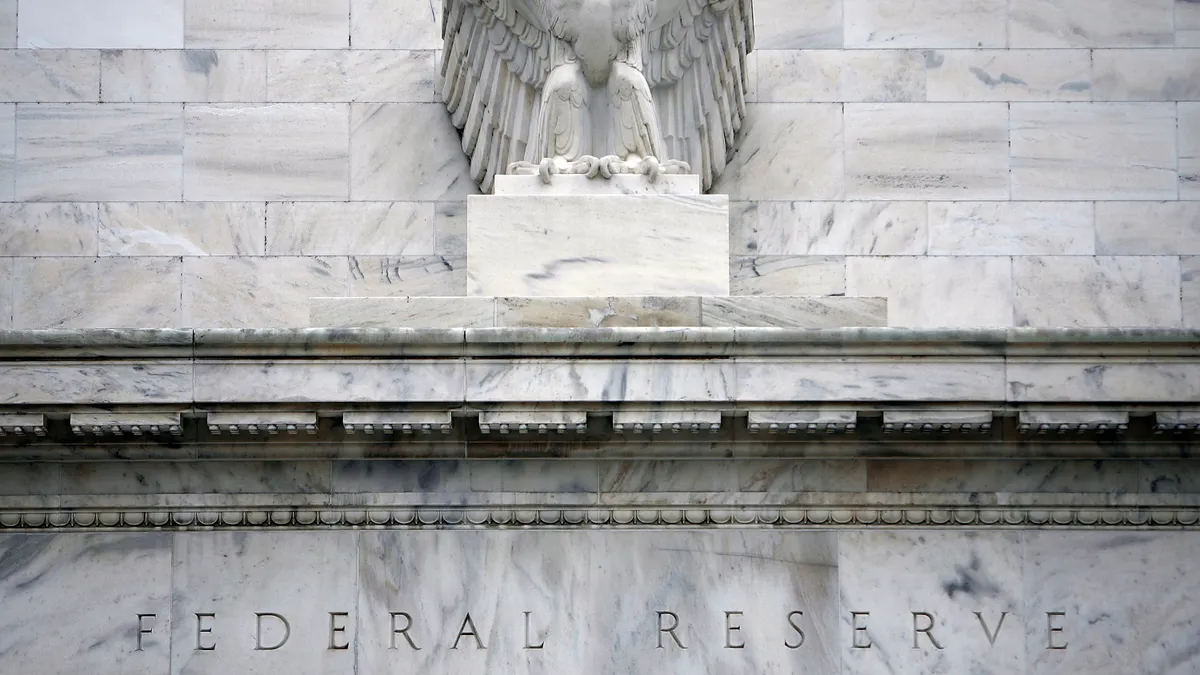As the Federal Reserve prepares for the launch of FedNow as early as May, it’s focusing on building fraud prevention features into the new real-time payments system.
“Fraud management features are a high priority for (financial institutions) and are being tested along with transaction flows in the countdown to launch,” the Federal Reserve said in a web post, citing Nick Stanescu, a FedNow senior vice president.
The central bank is zeroing in on the fraud prevention effort as other speedy payment systems fend off criticism that consumers can run into trouble when fraudsters trick them into sending payments that can’t be reversed. That’s been the case with Zelle, the peer-to-peer payments system operated by the bank-owned Early Warning Services.
That system, introduced in 2017, has been battered by complaints from bilked consumers. Sen. Elizabeth Warren, D-MA, took up their cause last year, railing against Zelle and calling for increased regulations to protect consumers. For its part, Zelle has said the fraud on its system accounts for well under 1% of transactions.
FedNow won’t be offered directly to consumers but rather to some 10,000 banks and other financial institutions that are connected to the FedLine network. Those financial institutions, in turn, will make the instant payment services available to corporate clients and, ultimately, consumers.
After years of planning for FedNow, the payments system entered the final phases of testing and certification last month, with an aim to make the service available sometime between May and July.
“Early adopters in the FedNow Pilot Program — FIs, processors and service providers among them — are now sending test payments messages to one another using the FedLine infrastructure,” the Feb. 6 Fed update said.
All of that development comes with an eye on fraud prevention, as users ultimately tap it for account-to-account money transfers and bill payments, among other services. The Fed didn’t specify which anti-fraud features would be built into the system from the get-go, and it didn’t immediately respond to a question about those initial protections.
The update made clear that the Fed is keenly aware of the troubles that have recently plagued Zelle and the inability to reverse payments so it’s seeking to find ways to bolster defenses against fraud. It will encourage financial institutions to mimic Zelle’s extra layer of prompts asking users if they’re sure they want to send a payment.
Identity theft and account takeovers are the types of schemes that the Fed is bracing for as it anticipates that criminals will infiltrate the new real-time payments system, as they have other forms of payment such as debit cards, checks and automated clearing house payments.
“The rise of instant payments is a reminder that while fraud itself may be as old as human civilization, new ways of making payments invariably introduce fresh fraud management challenges to financial services sectors and their customers,” the Fed wrote in its post.
The central bank may also eventually give financial institutions the ability to fine-tune their controls for certain types of customers that allow them to better screen out requests to send payments to bad actors, it said.
The Fed could also use the FedNow system to monitor for illegal activity, such as “aggregated concentrations of inbound and outbound activity” that may suggest illicit “mule activity.” It could also tap machine-learning capabilities to assess transactions.
The central bank did say that potential features planned for a rollout in 2024 may allow financial institutions to reject payments that exhibit “unusual frequency patterns” or show an unusual cumulative value over certain periods of time.
“This could address fraudsters’ efforts to work around transaction limits by originating large numbers of low-value payments in a short window,” the Fed wrote in the web post.
In the meantime, the Fed is relying on education to make sure the financial institutions know how to use the system in a way that mitigates fraud.
Financial institutions aren’t completely unfamiliar with how a real-time payments system works because a group of big U.S. banks introduced their own real-time payments system, the RTP network, in 2017. Smaller institutions that have been reluctant to use a system run by their larger rivals are expected to tap FedNow for services.
Comments from Stanescu came in an interview of the Fed official with the trade publication PYMNTS.com, the Fed wrote in its web post.























